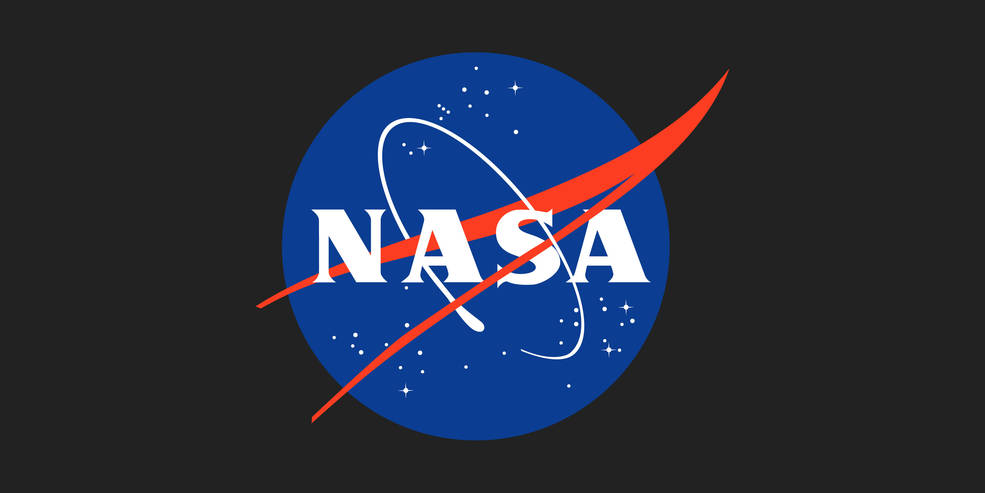SpaceX Crew Dragon Splashdown Marks Success of First NASA Commercial Crew Flight Test

NASA passed a major milestone Friday in its goal to restore America’s human spaceflight capability when SpaceX’s Crew Dragon returned to Earth after a five-day mission docked to the International Space Station.
About 6 hours after departing the space station, Crew Dragon splashed down at 8:45 a.m. EST approximately 230 miles off the coast of Cape Canaveral, Florida. SpaceX retrieved the spacecraft from the Atlantic Ocean and is transporting it back to port on the company’s recovery ship.
“Today’s successful re-entry and recovery of the Crew Dragon capsule after its first mission to the International Space Station marked another important milestone in the future of human spaceflight,” said NASA Administrator Jim Bridenstine. “I want to once again congratulate the NASA and SpaceX teams on an incredible week. Our Commercial Crew Program is one step closer to launching American astronauts on American rockets from American soil. I am proud of the great work that has been done to get us to this point.”
Demonstration Mission-1 (Demo-1) was an uncrewed flight test designed to demonstrate a new commercial capability developed under NASA’s Commercial Crew Program. The mission began March 2, when the Crew Dragon launched from NASA’s Kennedy Space Center in Florida, and racked up a number of “firsts” in less than a week.
- First commercially-built and operated American crew spacecraft and rocket to launch from American soil on a mission to the space station.
- First commercially-built and operated American crew spacecraft to dock with the space station.
- First autonomous docking of a U.S. spacecraft to the International Space Station.
- First use of a new, global design standard for the adapters that connect the space station and Crew Dragon, and also will be used for the Orion spacecraft for NASA’s future mission to the Moon.
NASA and SpaceX teams gathered in the early morning hours at the company’s headquarters in Hawthorne, California, to follow the spacecraft’s return journey and ocean splashdown.
“We were all very excited to see re-entry, parachute and drogue deploy, main deploy, splashdown – everything happened just perfectly. It was right on time, the way that we expected it to be. It was beautiful,” said Benji Reed, director of crew mission management at SpaceX.
A critical step in validating the performance of SpaceX’s systems, Demo-1 brings the nation a significant step closer to the return of human launches to the space station from U.S soil for the first time since 2011, when NASA flew its last space shuttle mission. However, NASA and SpaceX still have work to do to validate the spacecraft’s performance and prepare it to fly astronauts.
“If you just think about the enormity of this flight and all of the prep that went into it – getting the pad refurbished, getting the flight control room set up, getting the vehicle built, getting the Falcon 9 ready, all of the analysis and mission support that went into it – it’s just been a tremendous job. Our NASA and SpaceX teams worked seamlessly not only in the lead-up to the flight but in how we managed the flight,” said Steve Stich, deputy manager of NASA’s Commercial Crew Program.
Crew Dragon carried a passenger on this flight test – a lifelike test device named Ripley, which was outfitted with sensors to provide data about potential effects on humans traveling in the spacecraft. After SpaceX processes data from this mission, teams will begin refurbishing Crew Dragon for its next mission, an in-flight abort test targeted to take place this summer. Demo-2, the first crewed test flight, will carry NASA astronauts Bob Behnken and Doug Hurley on the spacecraft’s final flight to certify Crew Dragon for routine operational missions.
“For the first time, we’ve gotten to see an end-to-end test, and so now we’ve brought together the people, the hardware and all the processes and procedures, and we’ve gotten to see how they all work together, and that’s very important as we move toward putting people onboard,” said NASA astronaut Mike Hopkins, who will crew SpaceX’s first operational mission to the space station following Demo-2. “I’m, personally, very anxious to hear how Ripley is feeling after they pull her out of the capsule and get her onto the recovery vehicle.”
Learn more about NASA’s Commercial Crew program at:
https://www.nasa.gov/commercialcrew
-end-





